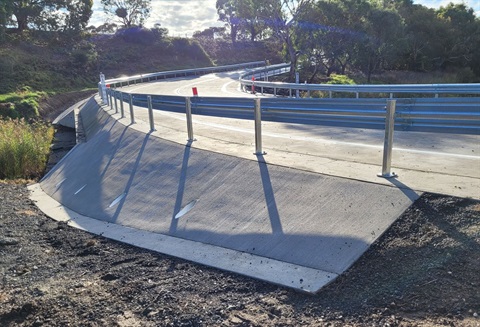A grant from the US National Cancer Institute will be used to investigate personalised treatment for malignant melanoma.

Scientia Associate Professor and ARC Future Fellow Kris Kilian.
Scientia Associate Professor and ARC Future Fellow Kris Kilian from UNSW Sydney’s School of Materials Science and Engineering and the School of Chemistry has won a prestigious $1.5 million grant from the National Cancer Institute (NCI) of the National Institutes of Health (NIH) in the US.
The NCI grant will be used to engineer melanoma tissue to help understand the disease and develop new drugs specific for a patient.
A/Prof. Kilian said it is fitting to conduct this research in Australia, considering it has the highest rates of melanoma globally.
“I am absolutely thrilled to receive this grant and to join a network of world leaders in cancer research. Malignant melanoma is the most dangerous skin cancer and has a very poor survival rate once the cancer has spread. I look forward to taking part in the global fight against this deadly cancer,” A/Prof. Kilian said.
“Current therapies for malignant melanoma often don’t effectively eradicate the tumour as each person and their cancer is unique. I imagine a future where our research leads to patients receiving unique and effective therapy.”
The long-term goal of the research is to establish simple methods, where tissue specimens from a skin biopsy or surgical resection can be grown in a dish at a hospital, with multiple drugs tested to find the right combination for each patient. A/Prof. Kilian has a research partnership with Professor John Copland at the Mayo Clinic in the US to explore translation of these models to drug development.
The project involves creating melanoma mimics in the laboratory, where patient cells are patterned into hydrogels, soft materials that contain greater than 50 per cent water and mirror properties of human tissue, using bioprinting and techniques adapted from the semiconductor manufacturing industry.
“Current drug development pipelines involve the culture of patient cells in plastic dishes, which does not reflect the natural environment where these cells grow. We are using materials chemistry and engineering to build melanoma mimics that better capture the environment a patient’s tumour may grow in. In this way, we can test potential drugs on these mimics or ‘avatars’ to ensure each patient receives a therapy that works,” A/Prof. Kilian said.
“Human cells have an amazing ability to assemble into tissue if given the right materials and signals; this process of tissue engineering can be useful for repairing or replacing damaged or diseased tissue, but can also serve to create patient-specific models that may be useful to test new drugs.”
The project is funded through the NCI’s Cancer Tissue Engineering Collaborative, a network of scientists and engineers that aim to develop cancer tissue models in the laboratory to understand and treat a range of cancers. A/Prof. Kilian joins a network of 12 teams and is the first team outside of the US to receive a grant.








